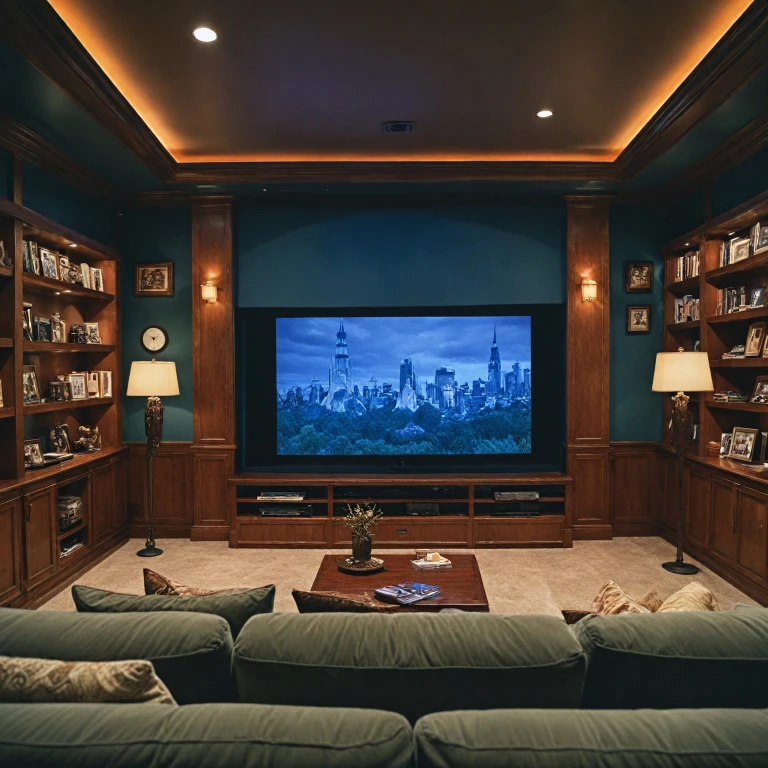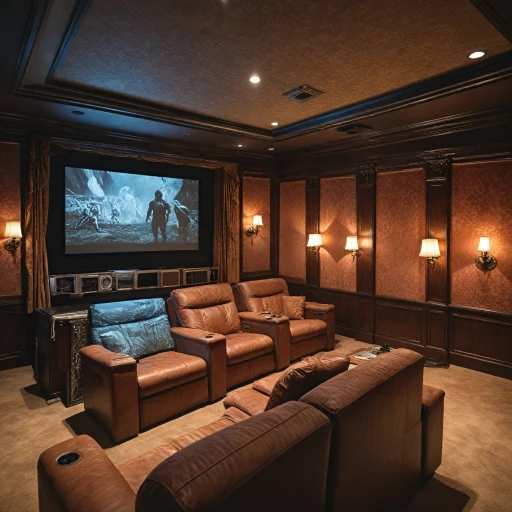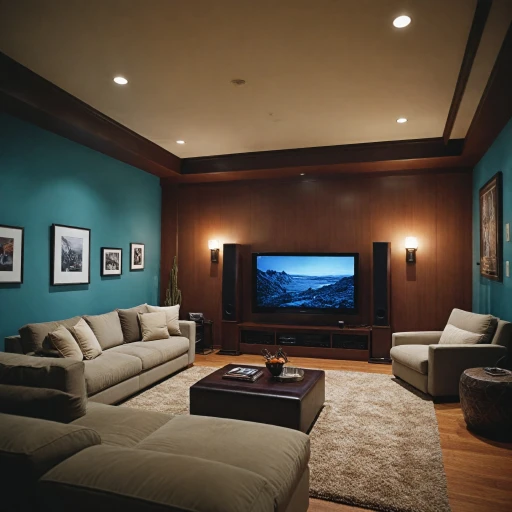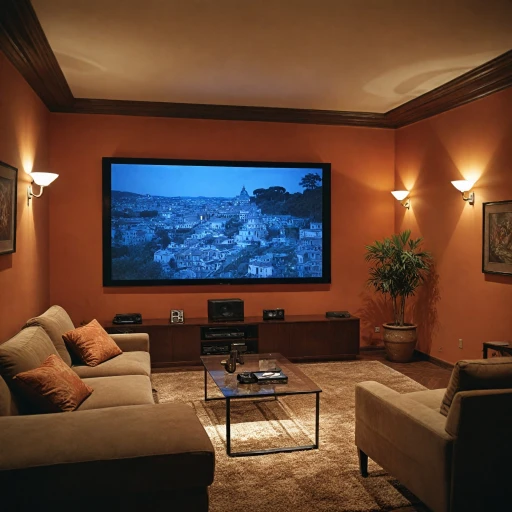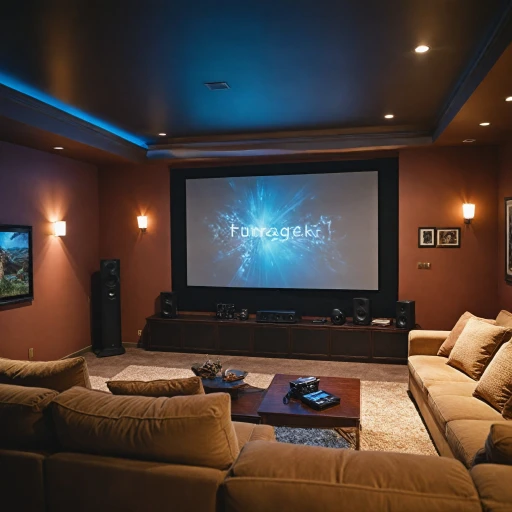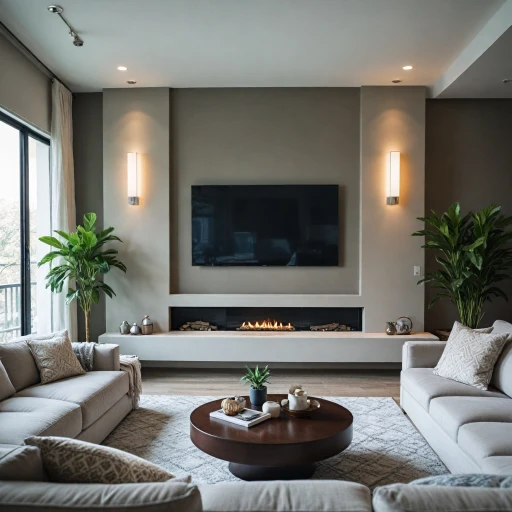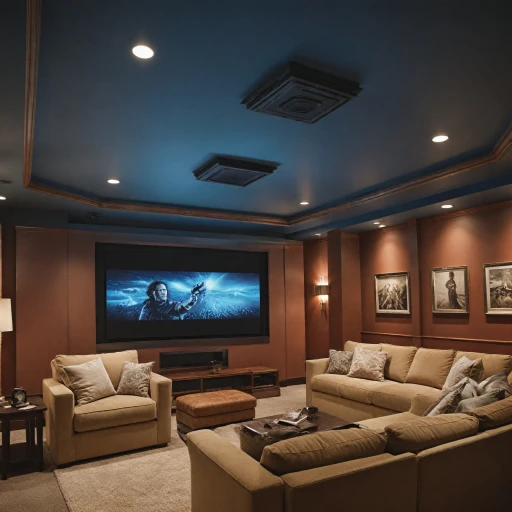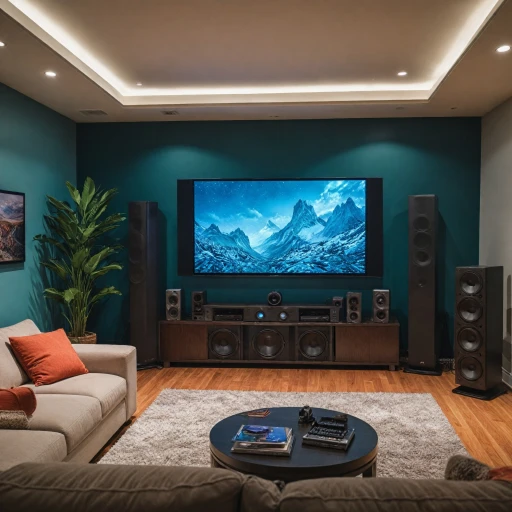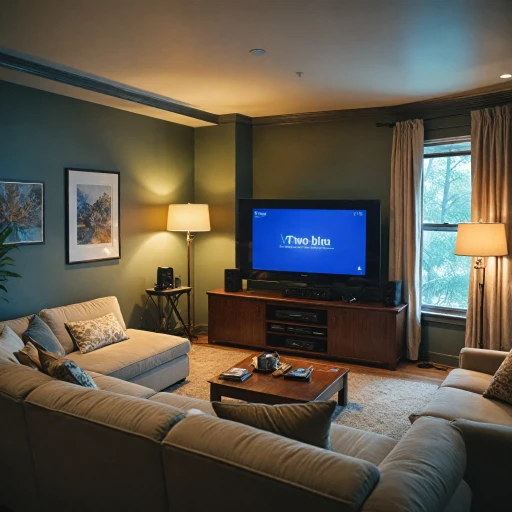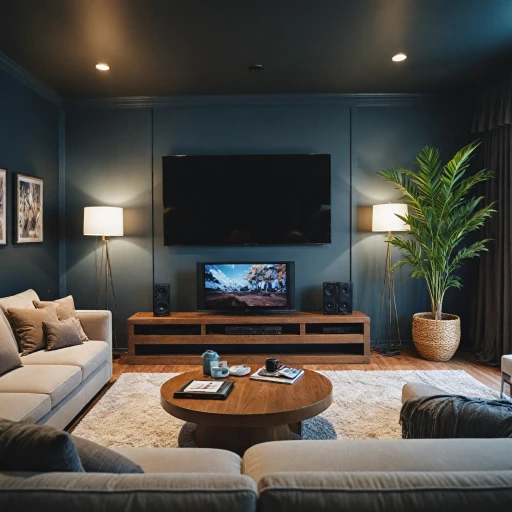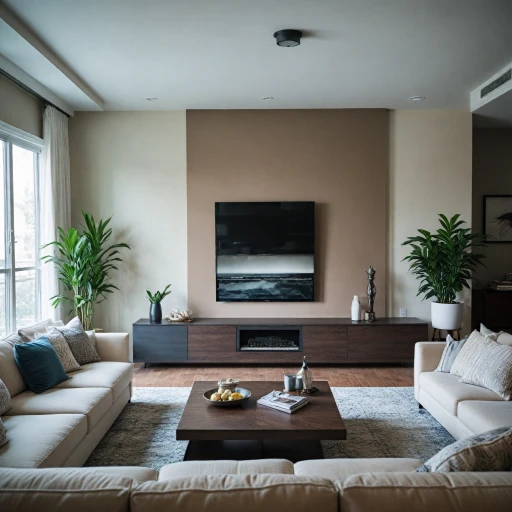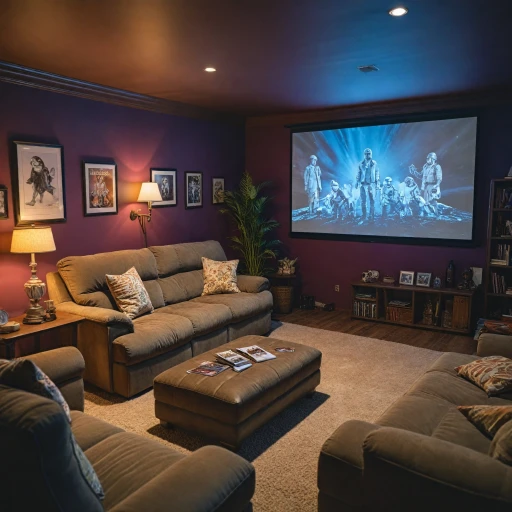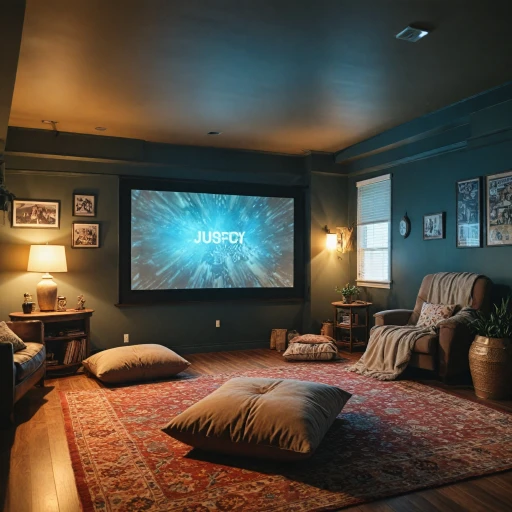
Understanding Acoustically Transparent Fabric
Defining Acoustically Transparent Materials
Acoustically transparent screens, made from specialized fabrics, facilitate seamless sound passage. These transparent fabrics, specifically designed to cover speakers and acoustical panels, maintain sound quality by permitting sound waves to pass through unimpeded. The principle is to allow sound, especially high frequencies, to transmit effectively, ensuring sound absorption where necessary, and preventing distortion.Different fabric types and structures can impact acoustics in your room. For example, speakers covered with acoustically transparent fabric benefit from minimal sound absorption interference, preserving the intended audio experience. This type of fabric also doubles as a protective layer for speakers, securing them from dust.
How Fabric Quality Impacts Sound and Visuals
Choosing the right fabric is crucial. The quality of acoustic fabrics affects both audio and visual performance. For optimal sound fidelity, look for fabrics from reputable sources such as Guilford — known for maintaining acoustic transparency while offering aesthetic appeal. When paired with a proper projection screen setup, you can enjoy an immersive theater experience.Adapting to Your Specific Set-Up Needs
Fabrics vary not just in their acoustic properties but also in their appearance and installation requirements. Consider shipping costs, installation time, and how these fabrics integrate with your existing setup, including bass traps and foam panels, to absorb excess sound and maintain acoustical balance.Taking the time to research and invest in the right acoustically transparent fabric will enhance your home theater acoustics while providing a clean visual presentation without compromising on sound. Next, explore the advantages of utilizing sound-permeable screens for your theater.
Benefits of Using Sound-Permeable Screens
Advantages of Sound-Transparent Screens in Your Home Theater
Understanding the importance of acoustics in a home theater is crucial for audio enthusiasts aiming for a truly immersive experience. Using sound-permeable screens presents a multitude of benefits that enhance the overall quality of your setup. These advantages are not just limited to improving acoustics; they provide a holistic improvement to your home cinema. Firstly, the most significant advantage is the perfect alignment of speakers and visuals. An acoustically transparent screen allows the placement of speakers behind it, optimizing sound directionality and ensuring sound waves travel directly to your audience. This setup is essential for achieving optimal sound absorption and minimizing acoustic reflection issues within the room. Moreover, screens made from acoustically transparent fabrics like those produced by Guilford of Maine facilitate an unmatched sound diffusion. These fabrics ensure that sound passes through without significant degradation, maintaining the integrity of the audio delivered by your speakers. Acoustic panels designed with main acoustics principles in mind, such as foam panels or bass traps, work in conjunction with these screens to further enhance sound quality by managing echo and reverberation. It's also worth noting the practicality these screens offer. Integrating them into your home theater often involves less visible equipment, allowing for a cleaner, more elegant look. They eliminate the need for bulky acoustic panels or panels that might disrupt the aesthetics of your viewing room. When considering logistics, keep in mind the options available to you. While some may opt to purchase their setup, others explore the benefits of renting a projector screen, a cost-effective solution that includes shipping and extensive support in the installation process. Considering these factors will not only improve your sound system but also lead to a greater appreciation of acoustically transparent solutions. Embracing sound-transparency could be the difference between a generic audio experience and a professional-grade theater room.Choosing the Right Fabric for Your Setup
Choosing the Ideal Acoustic Material for Your Entertainment Setup
Selecting the right acoustic fabric for your home theater projector setup is crucial to achieving an optimal sound experience. It's important to take into account several factors to ensure the fabric efficiently allows sound waves to pass through without compromising on audio quality. Indeed, there is a wide array of fabrics available in the market, each with unique properties. Notably, fabric from Guilford, Maine, is renowned for its exceptional acoustical qualities. When choosing, consider the following aspects:- Acoustic Transparency: The fabric should be acoustically transparent to allow sound from the speaker to pass through with minimal interference. This ensures that high frequencies aren't dampened and the sound remains crisp and clear.
- Material Composition: Look for acoustic fabrics specifically designed for sound absorption and wave management. These fabrics can usually be found in the form of panels, available in different textures and thicknesses.
- Speaker Compatibility: Certain fabrics, like speaker cloth, are better suited for specific types of speakers. Whether you're working with traditional speakers, bass traps, or acoustic panels, ensure that your fabric is appropriate to the setup you're configuring.
- Durability and Maintenance: Although fabrics like those from Guilford are top-trade, assess their durability and ease of maintenance. Installing high-quality fabrics can assure longevity, provided they are maintained properly over time.
Installation Tips for Optimal Performance
Optimizing Your Sound-Permeable Screen Installation
Proper installation of your sound-permeable screen can make a significant difference in the overall acoustical performance of your home theater room. By considering a few essential tips and adjustments, you can ensure that your setup not only looks great but also allows sound waves to permeate the fabric efficiently, enhancing the sound quality.
- Ensure proper placement: The location of your acoustically transparent screen is crucial for optimal sound absorption. Consider placing the screen in front of your speakers and acoustic panels. This arrangement allows the transparent fabric to work effectively with acoustical elements like bass traps and foam, optimizing sound quality and picture clarity simultaneously.
- Mind the distance: Ensure there is adequate space between the screen and the speakers. A gap of a few inches allows sound waves to pass through the fabric seamlessly, enabling the screen to act as a true sound-permeable barrier.
- Invest in quality mounting kits: Mounting your projector screen correctly is essential to avoid distortions or sagging over time. Many high-quality kits are designed to stabilize the screen and maintain tension, ensuring a smooth surface.
- Calibrate speakers and projectors: Once everything is in place, spend time calibrating your speakers and projector to ensure the sound and visuals align perfectly. The correct setup will enhance the acoustical properties of sound-permeable screens, marrying visuals and audio for a cohesive experience.
- Account for shipping time and costs: Depending on where you purchase your acoustically transparent fabrics and panels, consider the shipping duration and costs that may impact your installation timeline. Companies from locations like Guilford, Maine are known for their quality acoustic fabrics, and their shipping may vary in terms of business days required.
By adhering to these tips, you'll achieve the ultimate home theater setup, creating an immersive environment where the screen not only displays stunning visuals but also allows sound to flow naturally throughout the space. The right installation techniques, coupled with premium acoustic fabric, truly elevate your viewing and listening experience.
Comparing Different Brands and Products
Brand Comparisons in Acoustically Transparent Screens
Choosing an acoustically transparent screen for your home theater is an important decision that can significantly impact your viewing experience. There are a variety of brands and products available in the market, each offering unique features that cater to different needs and preferences. When comparing brands, consider the following essential factors:- Fabric Material: Evaluate the type of acoustic fabric used in the screen. Some brands offer advanced fabrics that not only allow sound waves to pass through but also maintain sound quality, such as those sourced from 'fabric guilford' known for acoustic excellence.
- Sound Permeability: Look for screens that provide optimal sound absorption while ensuring the transparency needed for your projector speaker setup. Consider acoustically transparent options that don't interfere with sound clarity.
- Durability and Maintenance: Assess the durability and maintenance requirements. Brands like 'maine acoustic' might offer panels and projector screens designed to withstand regular use with minimal upkeep.
- Shipping and Delivery: Factor in shipping costs and delivery time, especially when ordering from distant suppliers. Some brands might offer quicker shipping within a few business days, reducing waiting time.
- Installation Ease: Examine how easy it is to install the acoustic panel or screen, as some products come with comprehensive guidebooks and support, ensuring that you achieve that perfect screen placement in your room.
Maintenance and Care for Longevity
Prolonging the Life of Your Sound-Permeable Screens
Ensuring the longevity of your acoustically transparent screens involves regular maintenance and proper care. Here are essential tips to keep in mind:- Dusting and Cleaning: Regularly dust the surface of the screen with a soft, dry cloth to prevent the accumulation of dirt and debris. For more thorough cleaning, gently use a vacuum with a soft brush attachment. Be cautious not to use water or liquid cleaners that could damage the acoustic fabrics.
- Inspect for Wear and Tear: Periodically check the screen for any signs of wear or damage. Look for fraying edges on the transparent fabric or any distortion that may impact sound absorption.
- Protect from Direct Light: To prevent fading and degradation over time, keep the screen away from direct sunlight or intense lighting, which can negatively affect its acoustic properties and fabric quality.
- Handle with Care: When installing or repositioning the screen, handle it gently to avoid stressing the fabric and causing accidental tears.
- Environmental Conditions: Maintain optimal room conditions to support the screen's material integrity. High humidity levels can impact the fabric, while extremely dry conditions can cause brittleness.
- Storage Considerations: If the screen needs to be stored for an extended period, place it in a clean, dry area, preferably rolled or laid flat to avoid creasing and maintain its shape.
- Protective Panel Installation: Consider using acoustical panels and bass traps to enhance sound quality and minimize any impact on the screen from vibrations or sound waves in your setup.
